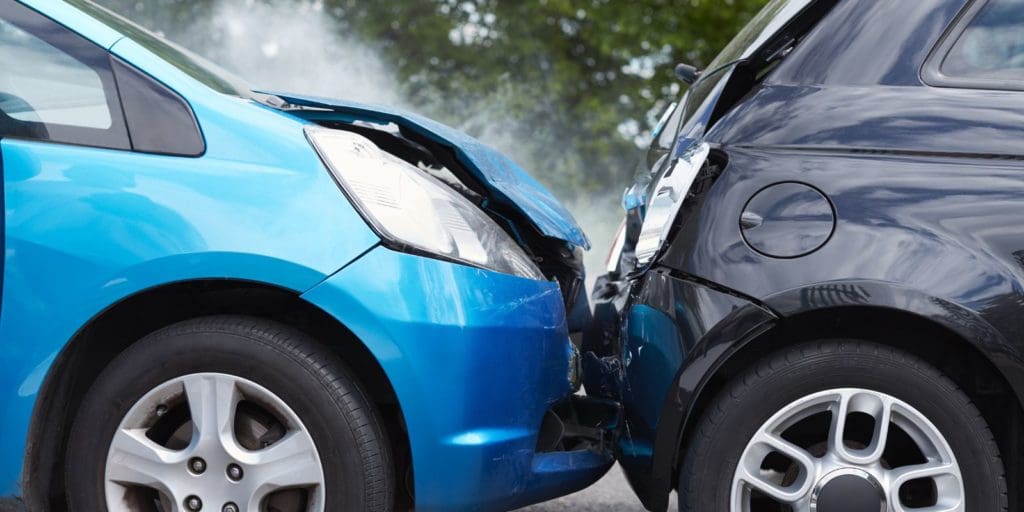Despite being vigilant on the road, most motorists are involved in a fender-bender at some point. Although fender-benders are common in areas with high traffic moving slowly, they can affect anyone and anywhere. Therefore, drivers should learn how to prevent fender-benders and what to do if involved in a crash. This guide highlights everything drivers need to know about responding to a fender-bender.
Stop the Car Immediately
Generally, drivers are supposed to stop immediately after a collision. If the accident happens in a safe location, the drivers should stop and turn on the hazard lights. However, if it happened on a busy highway, it is best to pull over and find a safe spot to find out more about your fender bender, share relevant information, and assess the damage. If moving the car seems dangerous, it is advisable to stay in the car with a fastened safety belt until the police arrive.
Identify Any Injuries
Drivers should check themselves and their passengers for injuries caused by the accident. If anyone is injured, they should call the police and the ambulance. Although fender-benders are often minor, some may cause significant injuries. Since the injured persons may have a high adrenaline flow in their blood, they might not notice the injury or feel pain. Fender-benders may lead to neck, back, and head injuries, so the people involved in the accident should seek medical examination. Visiting a hospital later ensures timely treatment and helps link the damages to the accident.
Contact the Police
Even if no one was injured and there was no visible damage, it is always good to involve the police. The police report can help make things flow smoothly, especially if one party is at fault. The report might also be handy if the relevant insurance company rejects the compensation claim.
Exchange Contact Details With the Other Driver
If drivers decide not to involve the police, they should share contact information, including name, phone number, insurance company, license plate number, driver’s address, and a photo if necessary. Also, consider asking the other driver for their insurance card and driver’s license to record relevant information accurately. If there is inconsistency in the details shared, it is advisable to contact the police.
Take Photographs or Record Video
After a fender-bender, drivers should use their phones to take photographs of the injuries and signs of car damage. The police and insurance companies might need these photos or videos to determine the driver at fault and understand how the accident occurred. Remember to capture damage on both vehicles and any skid marks on the road. The details from the photos come in handy if any driver decides to file a claim.
Inform Insurance Company
Some drivers think they do not need to inform their insurers about fender-benders. However, even without significant car damage, telling the relevant insurance companies about the incident is crucial. Drivers should avoid deciding on the liable party or settling the damage without involving the police and the insurance company because one driver might report injuries from the fender-bender later, leading to legal issues. The insurance company will likely reject any claims if the initial accident is not written or investigated. Even when the damage is not visible, reporting to the insurance company can minimize the risk of liability for injuries or property damage discovered later.
Fender-benders are common, but they rarely result in significant damage or injuries. However, drivers must learn how to respond to these types of accidents. These tips can help inexperienced drivers respond to fender-benders appropriately and minimize legal issues.

